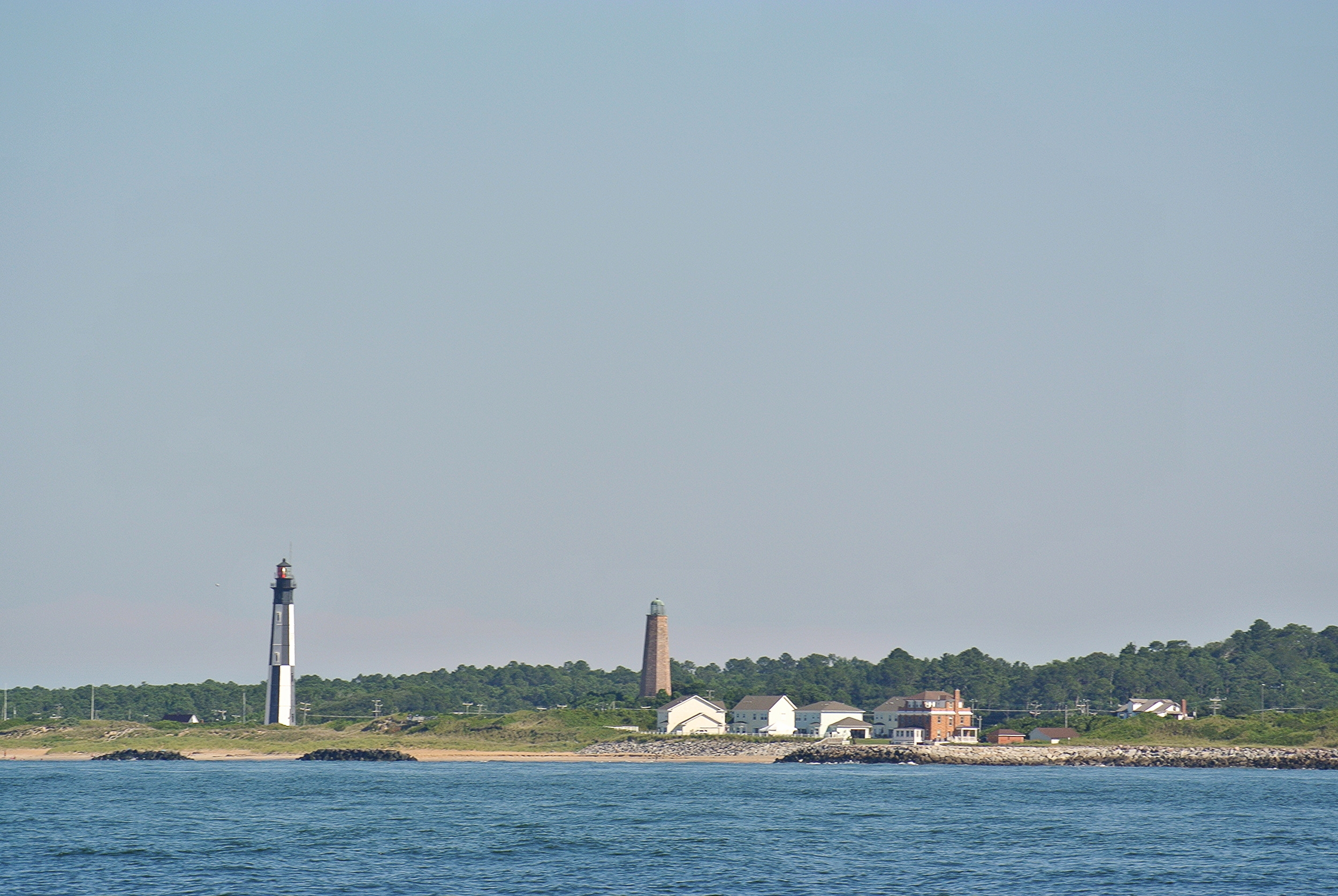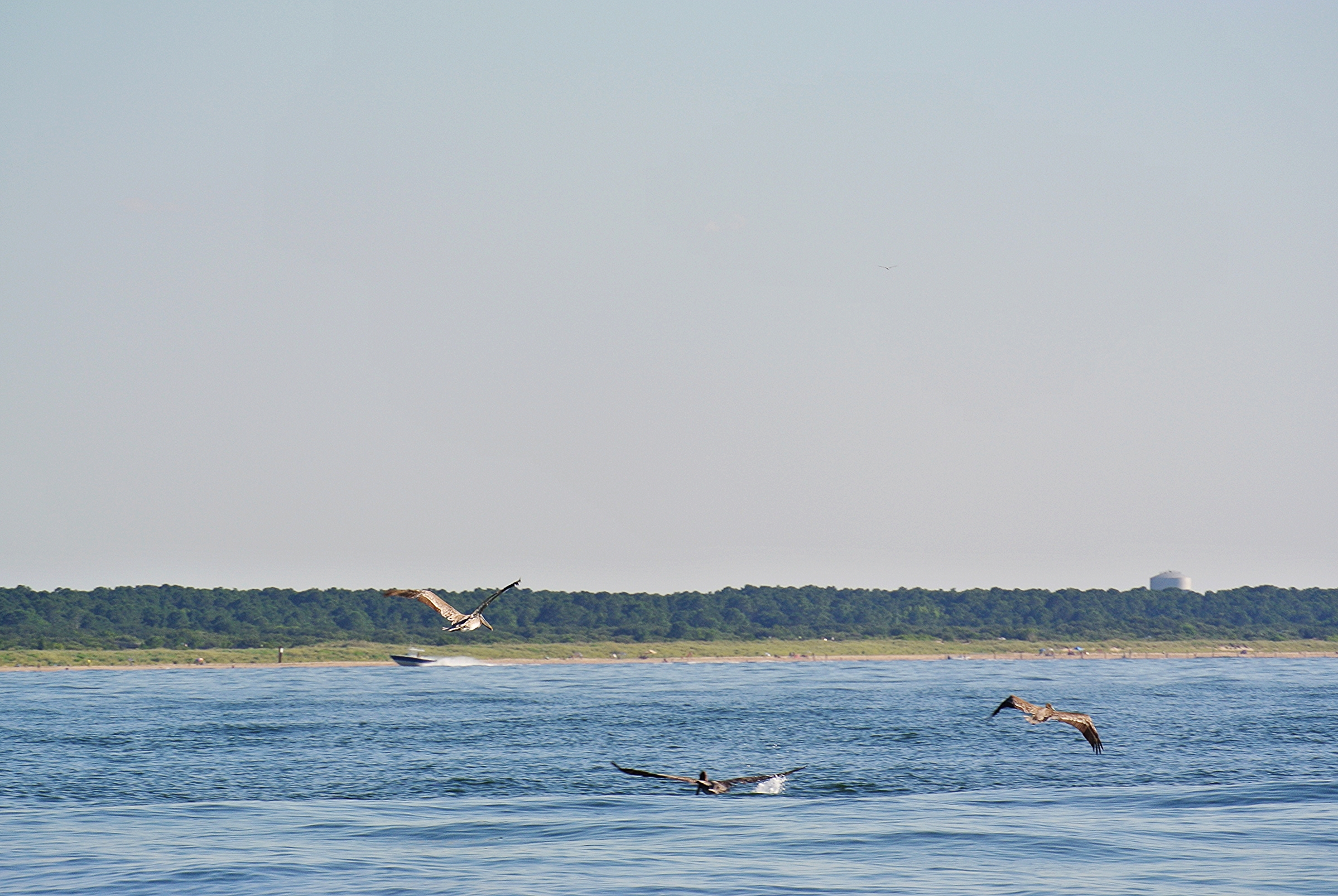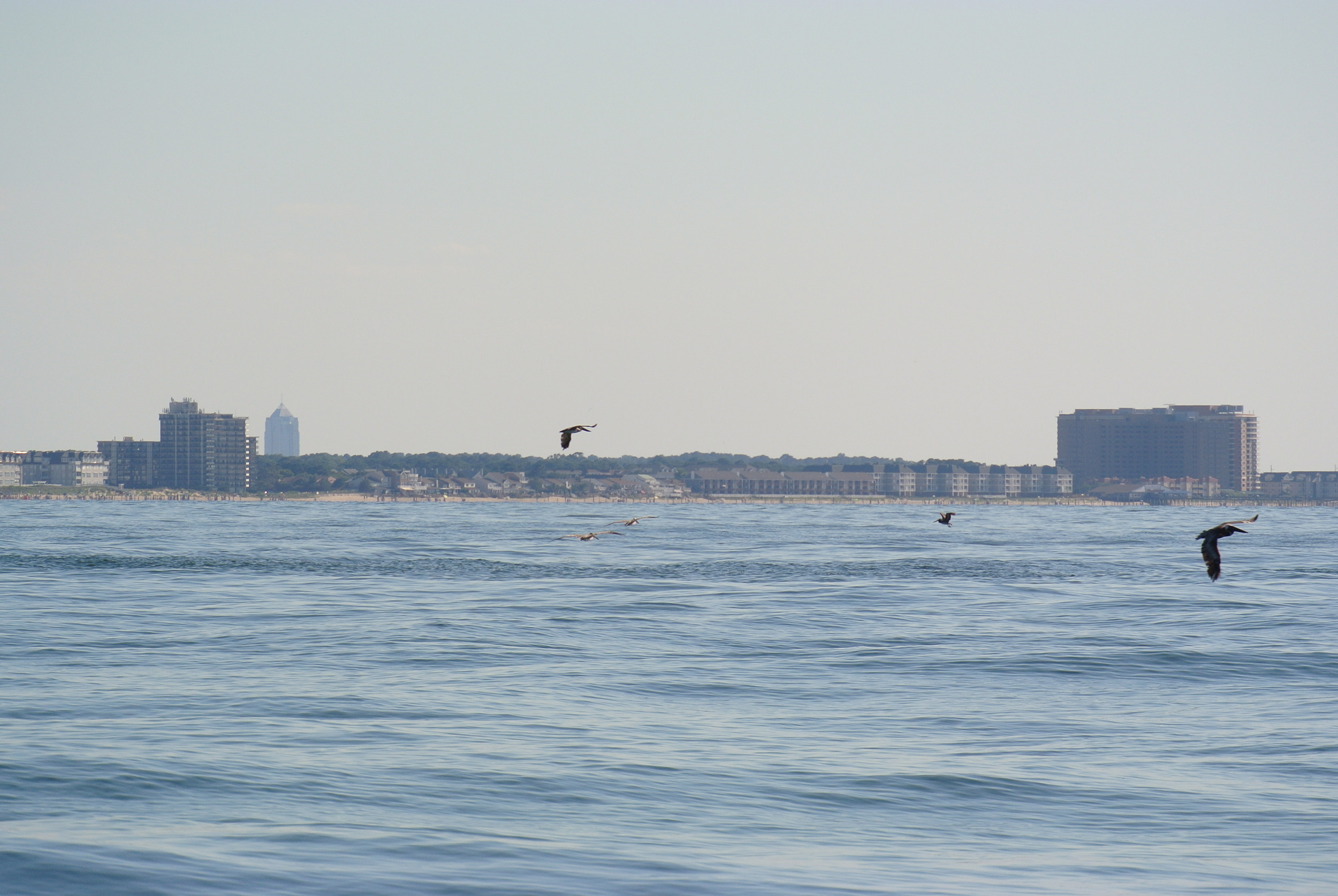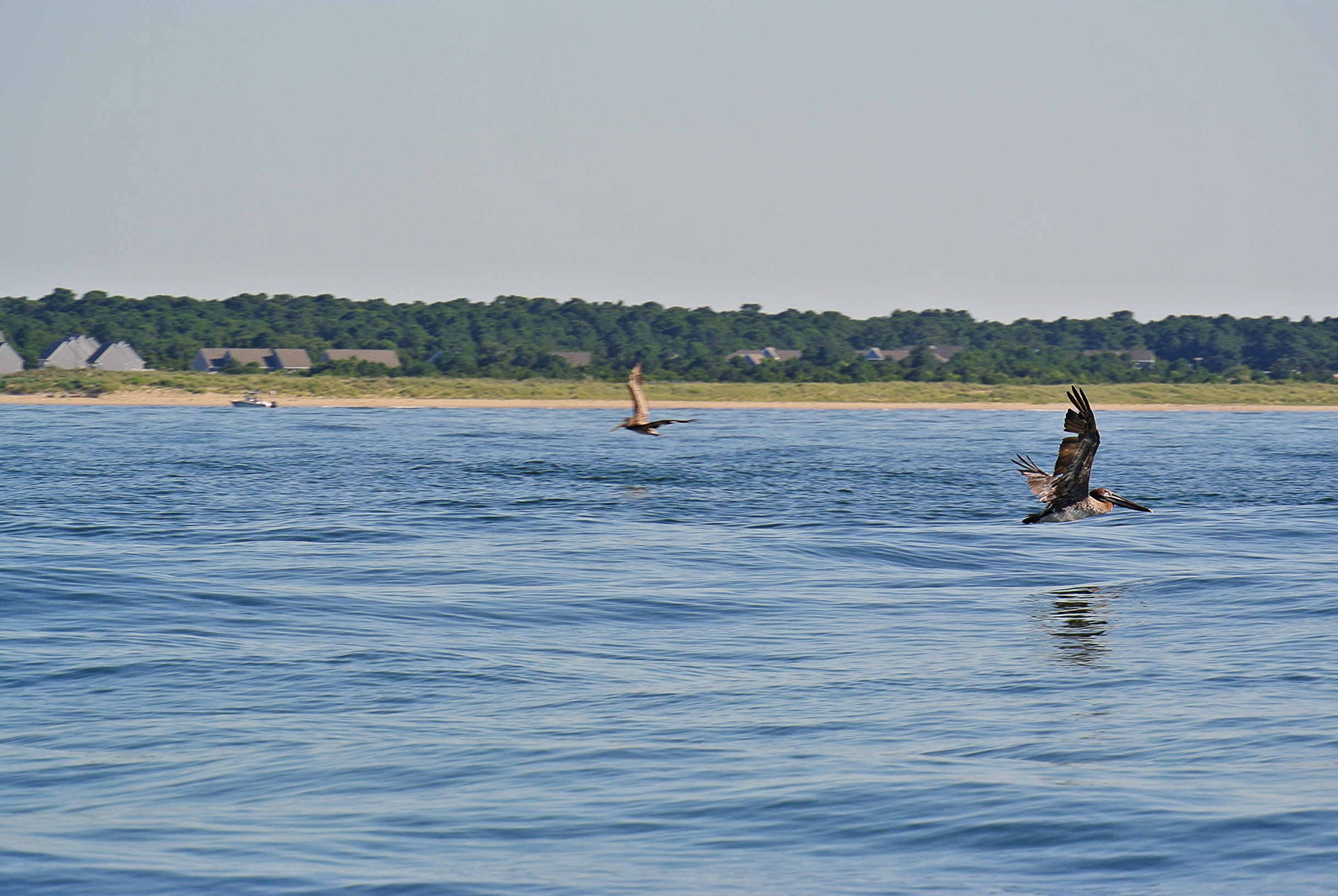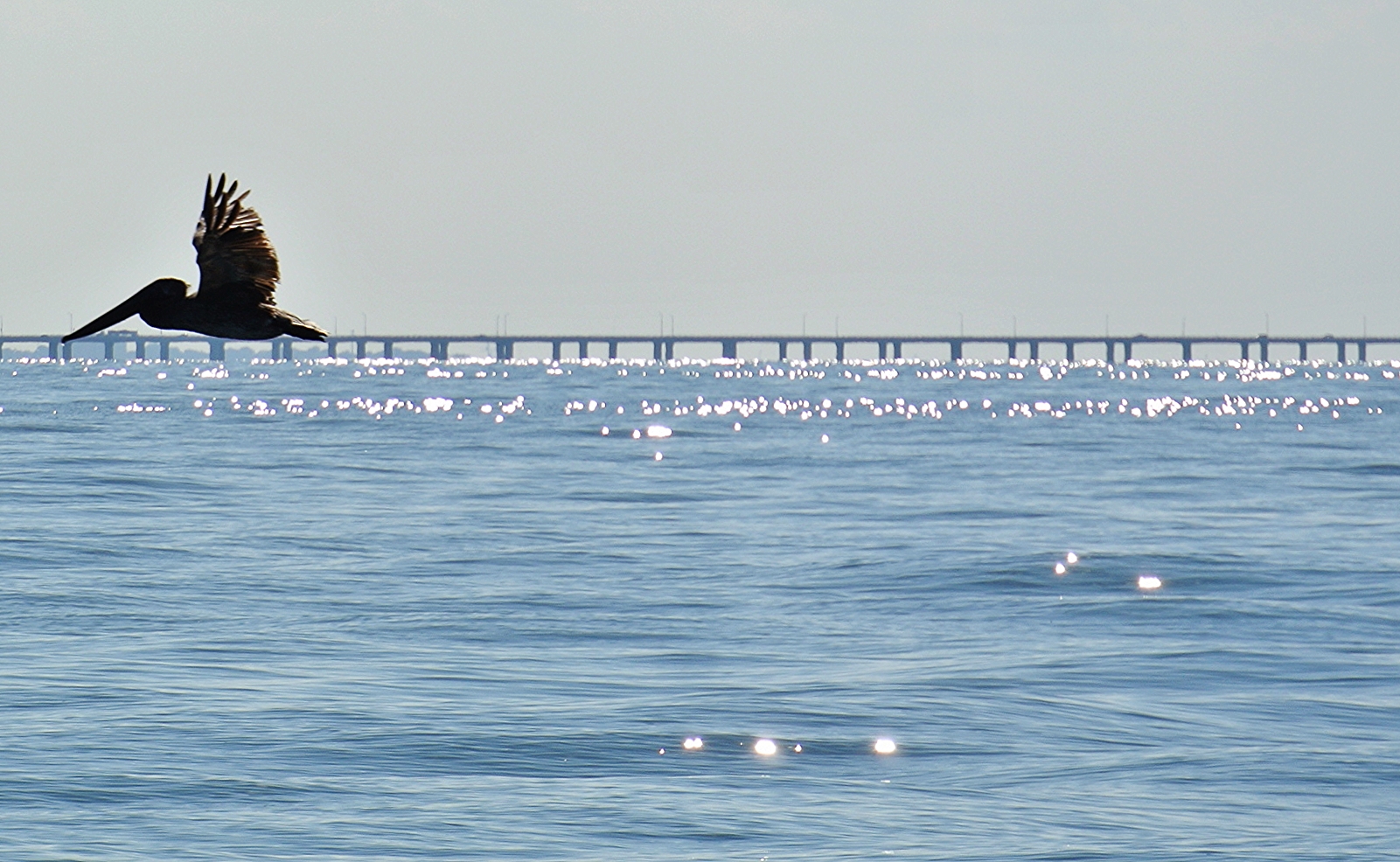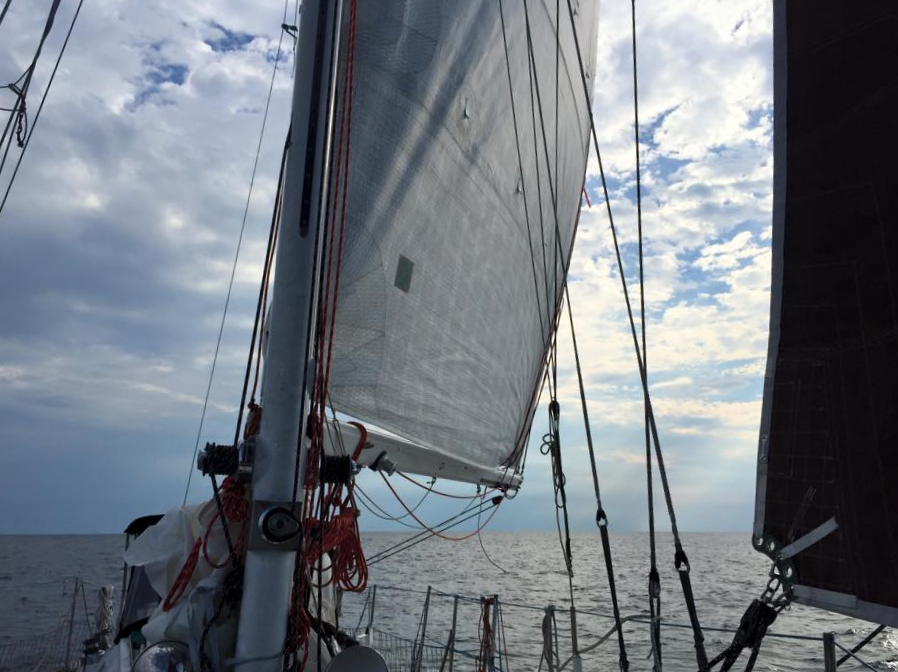Dyneema is a wonderful synthetic fiber that is lighter and stronger than comparably sized steel. While its strength is unmatched, chafe is its weakness. But how much chafe can the stay withstand? When is it considered a structural concern?
The only way to accurately determine how much strength is left in the line is to perform a destructive pull test, which destroys the line. A study was performed by Samson to determine if there was a correlation between visual cues and residual strength left in the line.
Abrasion, or chafe, lead to broken filaments in the line spread out over a large area of the line. This will result in a fuzzy appearance to the line which will be our visual cue as to how damaged the line is and what the estimated remaining residual strength is.
The visual scale runs from 1 to 7, 1 being minimal damage and 7 being severely damaged.
Source: http://samsonrope.com/PublishingImages/Currents/July%202014/04C_Pocket_Guide_Image.jpg
The general guidelines are:
1 and 2, safe to continue using
3, 4, and 5, consult and expert
6 and 7, retire the line
External wear is caused by chafe, over loading, and UV damage. Internal wear is caused by passing the line through repeated severe bends and introduction to rough substrate, such as working the line through gravel.
Internal damage is more likely to occur in other uses, such as pulling a log through a forest, where the line is dragged along the dirt forest floor.
In the world of standing rigging, internal damage is not such a concern. The stays are fed through thimbles to ensure that they have proper radius bends, and they are not worked through the bends regularly. It is a one time thing and then they are set for life. The rigging won't be exposed to gravel, but I haven't found any information about salt crystal exposure. Regardless, there is minimal movement in the stay, so internal abrasion should be a minimal occurrence.
External wear is a concern though. The outer fibers will be exposed to UV, which will cause some degradation, but they will protect and shield the internal fibers from further UV damage. This will eventually lead to a fuzzy layer around the whole stay, placing it in category 1 or 2, thus still safe to use. Since this damage is minimal, I don't recommend using a sun cover, as it would add bulk and windage.
As far as chafe goes, all damage will be located on the outer layer of the fibers and usually only on specific areas where the chafing occurs. When these areas begin to show up as a localized fuzziness, a chafe cover can be applied to protect the stay from further damage.
As long as you keep an eye out for chafe, you will be able to catch any problems early and make the necessary alterations to protect it from chafing further. This way, any damage will be confined to grades 1 or 2 where there is no structural loss of strength yet.
Remember, dyneema is incredibly strong and is many times stronger than needed to hold the mast up since it is sized based on creep. Even if you catch a chafe point after damage has occurred, it will probably still be strong enough to get you home to make repairs.
The wonderful part of synthetic standing rigging is problems are very easy to spot. You never have to worry about a separated wire inside the 1x19 bundle, or stress hardening of your swagged fittings. Dyneema is just a fancy rope! If you are able to tell when a sheet or halyard looks torn up and needs replacement, then you can also look and tell when the dyneema stay is torn up and needs replacement.
To sum it up, chafe left unchecked can destroy the rigging. By checking the rigging often, you will be able to catch problem areas in their early stages before damage occurs and make alterations to protect it from further damage. Chafed areas also have tell tale signs that are easy to spot, as they appear fuzzy. External damage will occur but the internal fibers of the stay will be unharmed. Look at it often, and you will be able to fix it yourself allowing you to keep sailing, no matter where you find yourself!






